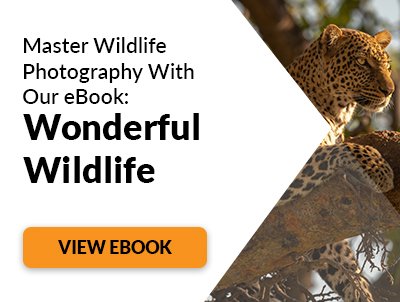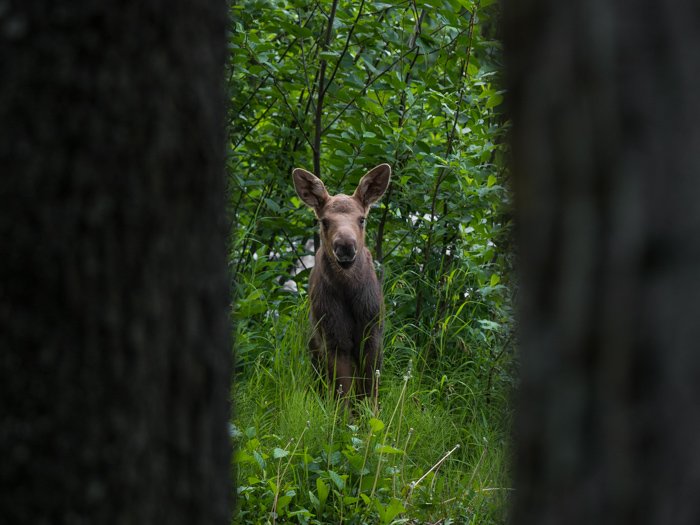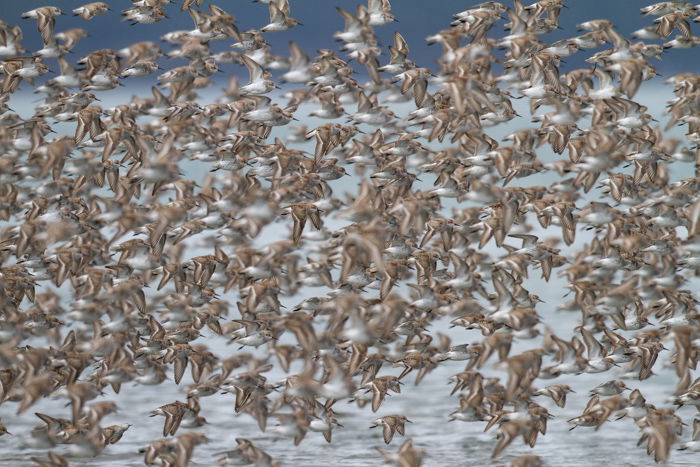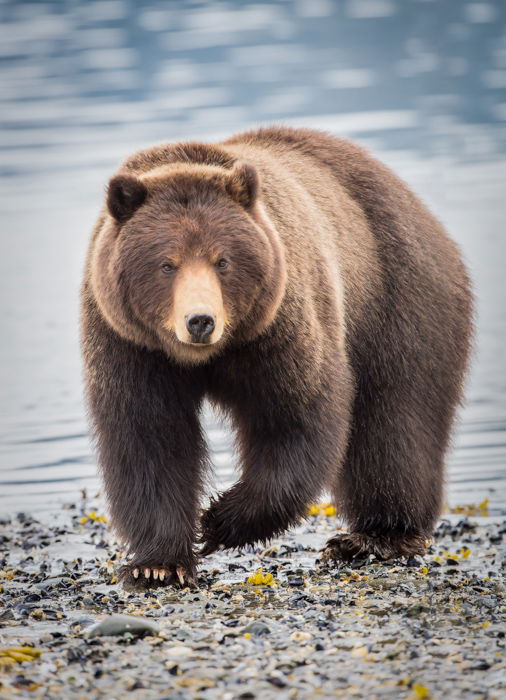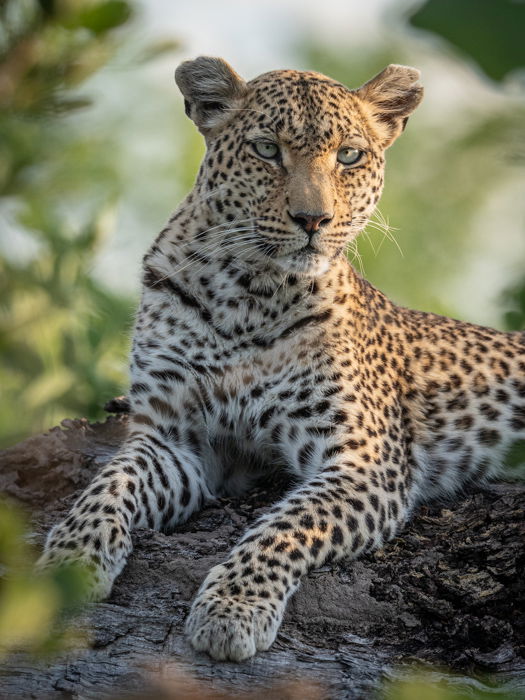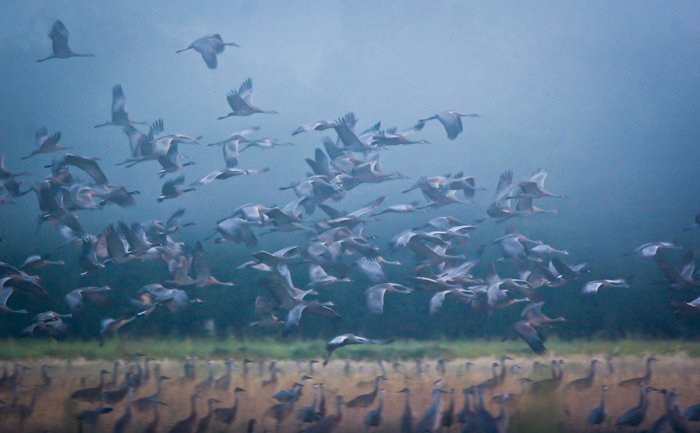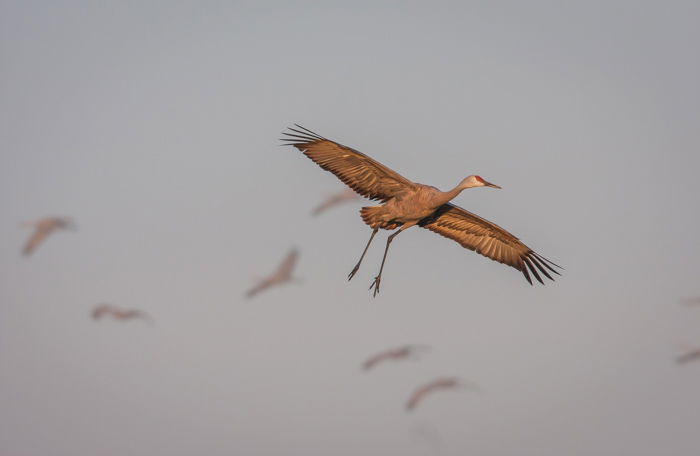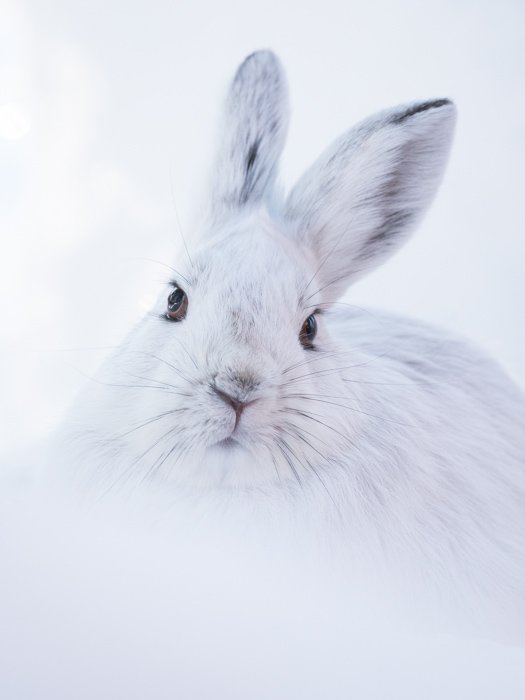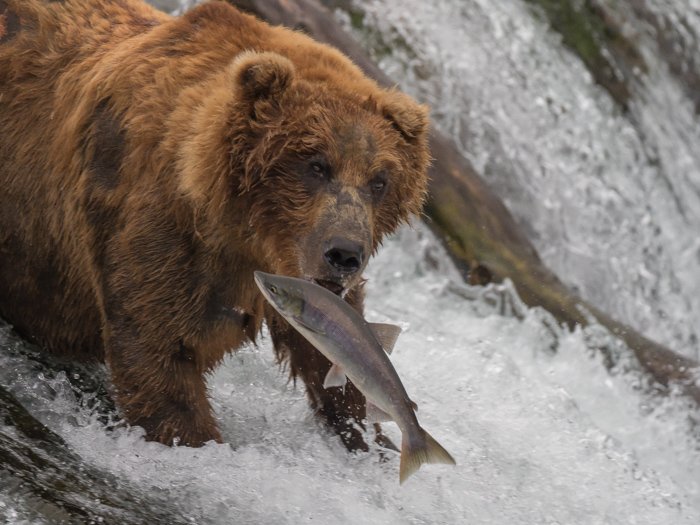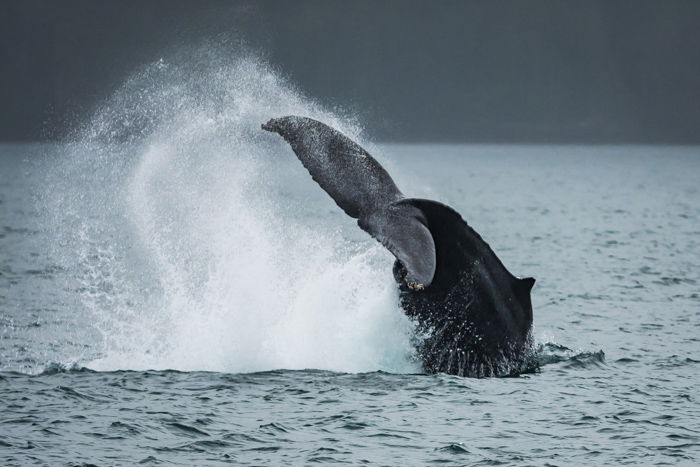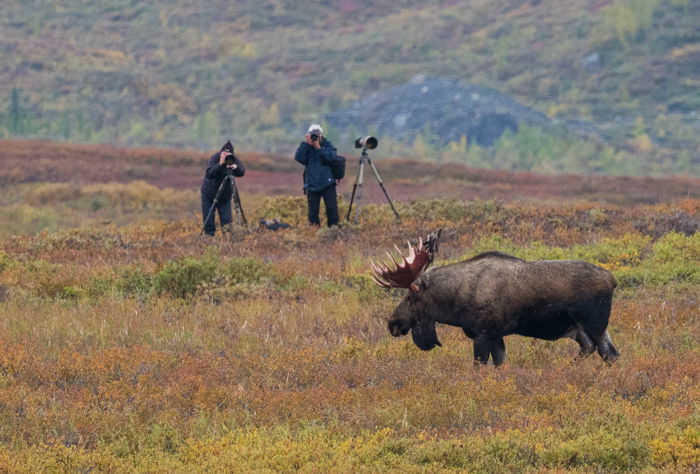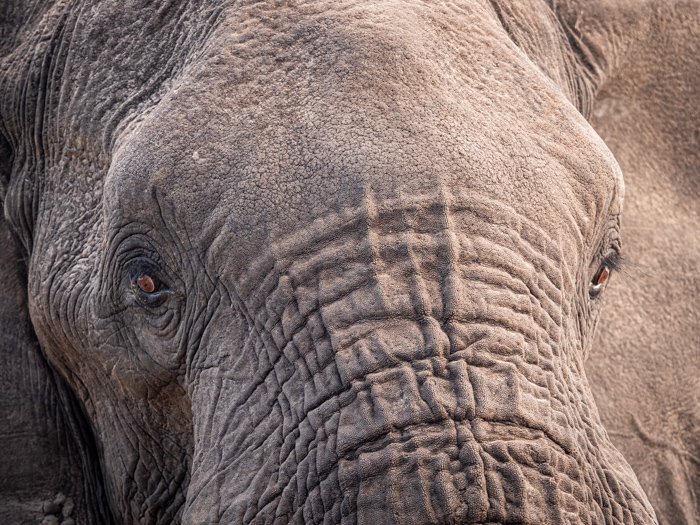[Note: ExpertPhotography is supported by readers. Product links on ExpertPhotography are referral links. If you use one of these and buy something, we make a little bit of money. Need more info? See how it all works here.]
What Are the Principles of Wildlife Photography Ethics?
To become a wildlife photographer, and do so ethically, there are a few things you can do. Learn about wildlife, put the animal’s welfare first, don’t cause harm, follow the local rules, and be part of the solution. In short, follow this guide on wildlife photography ethics. There are many organisations that offer advice on taking ethical wildlife photography. North American Nature Photographers Association and Nature First Photography are two. I support these organisations in their efforts to protect wild nature through photography. I hope you will too.
Learn About Wildlife
Before I became a full-time professional photographer, I was a wildlife biologist. You don’t need a graduate degree to be an ethical wildlife photographer. But it is good to know something about your subject. Not only will knowledge help you find and tell the stories of wildlife, you’ll also learn what harms them. If I want to photograph a bird species, it’s useful to know its habitat, the places it breeds, and the birds’s behaviour. That information will help you track down and photograph the bird. Importantly, it will keep you from becoming a harmful intruder.
Wildlife knowledge benefits the animal, but it also may protect you. I live in Alaska, where I often encounter large, and dangerous wild animals. Bears are the obvious example. If you don’t know that a bear turning broadside and staring at you is a sign of aggression, you might find yourself in a world of trouble.
Learning about your local wildlife is a great use of time, but becoming an expert everywhere is a tall order. I guide photographers from all over the world to photograph bears in Alaska. But I hire wildlife experts to get me to the right places when I travel abroad. Without the expertise of local safari guides in Africa, I’d never get the images I’ve created in the Okavango Delta. You are more likely to make good images, and do no harm to the wildlife if you get a local expert to assist you.
Do No Harm
This is an adage we should apply everywhere in our lives. It’s particularly important in wildlife photography. If you have knowledge of your subject, understanding when you are you doing harm is clear. I was photographing the autumn migration of Sandhill Cranes in interior Alaska. It was early in the morning, at some local agricultural fields, and cranes were arriving to feed. I was alone for a while, but then another photographer appeared. They headed off-trail into the field, and charged a flock of cranes, scaring them into flight. I’m not sure this person knew it was harmful behaviour. They were only trying to get a cool “blast off” shot of a bird flock.
But they were doing harm. Birds in migration are under immense pressure. Each time they take flight they are burning valuable energy. The Sandhill Cranes were coping with predators, the upcoming winter, and bad weather. They didn’t need some photographer scaring them into flight. While even the most ethical photographer may accidentally flush birds, to do it on purpose is very poor behaviour. It’s an action that could even cost the life of your subject.
Avoid Recorded Calls and Bait
The practice of using recorded calls is known as “call-back”. Is it ethical? The short answer is: No. Using a call to attract wildlife, forces the animal to stop doing what’s important and investigate. It’s an unnatural behaviour, and when repeated, will cause stress and harm. Bait is a trickier subject, but I have a rule: Don’t bait mammals or predatory birds. I have bird feeders at my home and will often photograph birds in my yard. It’s a great way to capture images of songbirds and woodpeckers. With predatory birds like owls, baiting will lead to unnatural and harmful behaviour. Where photographers have lured owls with live mice, the birds begin associating people with food. This is dangerous and will ultimately lead to the bird’s death. Never do it. Patience is your best tool as a wildlife photographer. Don’t take shortcuts, be willing to wait for the right moment, and you’ll succeed.
Watch for Signs of Distress
I mentioned how understanding bear behaviour can keep you safe. But it doesn’t stop there. You need to recognise signs of stress and discomfort in any subject. A bird acting aggressively may mean you are too close to a nest. A pacing fox, coyote, or wolf may mean it is nervous or has young nearby and you are too close. Even an animal moving away from you is a sign you’ve over-stepped and need to back off. One incident like those above may not have lasting harm. But when a stress is repeated by many different photographers, the cost adds up. In the end, the well-being of the animal is at risk.
Follow the Rules
North American photographers frequently photograph in our beautiful National Parks. Our parks are great places to make wildlife pictures. In some areas, wildlife are accustomed to people. But that doesn’t make them tame. Rules about how close to approach wildlife, and staying on trails are important to follow. As I mentioned above, getting too close to wildlife causes stress. A too-close view can also put you at risk. Bison, moose, bears, and even deer have charged, mauled, and even killed careless people. Staying on trails is hard to do. I get it. But in trafficked areas, walking off trail has cumulative effects. Delicate plants and habitats get trampled harming the wildlife that depend on them. If you are in a very remote area, with few people, stepping off trail for an image may be acceptable. But not in a busy National Park.
Your Big Lens Does Not Make You Special
I have seen photographers who view their big camera as a passport to closed areas. Or their telephoto gives them special permission to approach wildlife. It doesn’t. Your rights are no different from anyone else. When you are shooting in public, you need to be careful. You can be doing everything right. But if a passerby thinks you are too close, then you ARE too close. How we are perceived matters. Too many complaints, and we’ll find ourselves more restricted. We need to police ourselves. Be aware of how your actions appear to non-photographers. And if you see other photographers acting irresponsibly, politely bring it up. Ask them to stop, and let them know how their actions are impacting the wildlife, habitat, or the public perception of photographers. If we can’t monitor ourselves, someone is going to start restricting us. Maybe we’ll deserve it.
Conclusion
Does a wildlife photographer help animals? We like to think we do. Like I said, wildlife photographers don’t hate animals. Most of us believe our images raise awareness for wildlife. That may be the case. But we also need to make sure we are not causing harm to the animals we want to help. It is quite possible to love a place or species to death. Just look how some popular wildlife or landscape destinations have been damaged. Some areas have had to be completely shut down because the impact is so high. Antelope Canyon, a popular destination in the southwest United States, has recently outlawed the use of tripods. Photographers were repeatedly disrupting other visitors, and damaging the canyon. Nothing about that behaviour helps Antelope Canyon.
But there are ways to help wildlife through our photography. Many conservation organisations are in need of beautiful imagery for their outreach efforts. Your local land trust, Audubon Society, or wildlife defence group, are good places to start. Reach out to organisations in your area and see what they need. Become an advocate. Pay attention to environmental and wildlife issues that you care about. Then, speak up when it matters. Use your social media feeds, newsletters, and slideshows to advocate for conservation issues. Give your audience ways to take action. Most importantly, vote. Support candidates that will stand up for the wildlife and wild places you care about. Don’t just make images. Make a difference.


